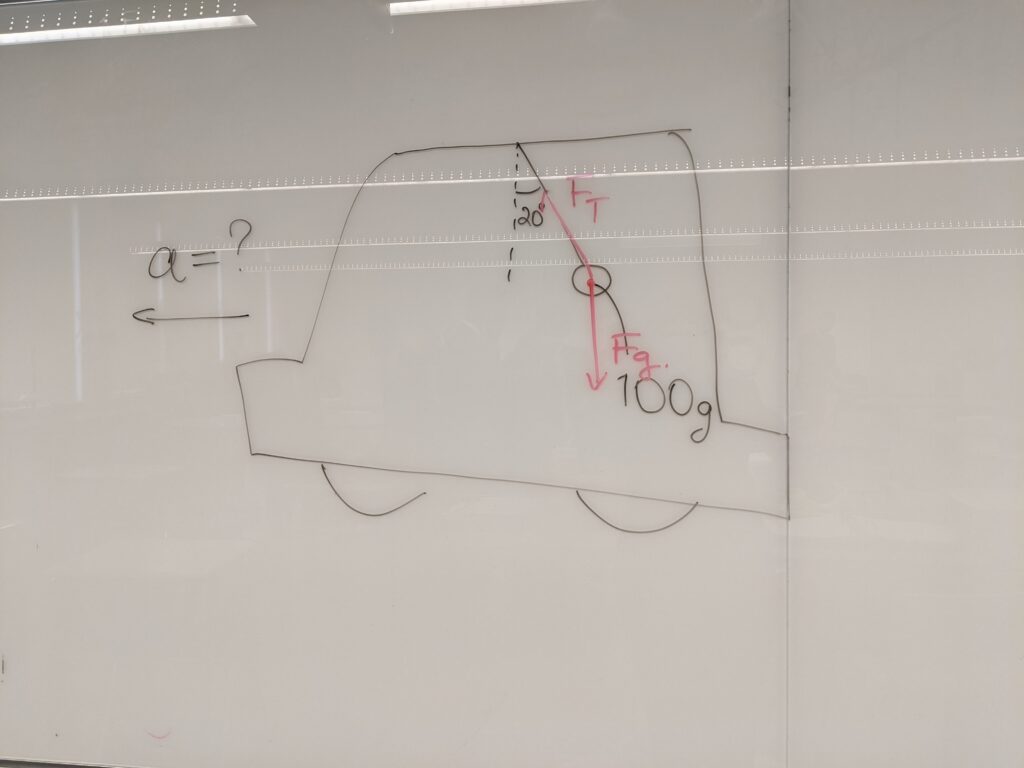Who am I?

I am a mother, a teacher, and a learning sciences researcher. My four children and all my students from the 20 years I’ve been teaching have given me a lot of inspiration and insight into what it means to learn and teach well. After an undergraduate degree with a double major in Physics and Mathematics from University of Calgary (B.Sc.), I continued my education to become a teacher (B.Ed.). With two bachelor degrees in hand, I started my career teaching Math and Physics in Calgary, then Edmonton, and then Montreal. There, I decided to enter the world of research and did my Masters Degree in Educational Psychology at McGill University (M.A.). After another 10 years of teaching, back in Calgary, I have returned to the research domain as I am pursuing a doctoral degree in Educational Research with a specialization in Learning Sciences at the Werklund School of Education, University of Calgary.
My Research Rationale

My main purpose as a physics teacher is to figure out how students will best understand the complexity of everyday events that can be interpreted in terms of mechanical physics. Physics phenomena are made up of many components intertwined together, and it is often impossible to separate them. Students must take all these pieces as a whole, and this often overburdens their conscious capacities.
In my previous research, using Sweller’s Cognitive Load Theory as the theoretical foundation (Sweller, 1988), I explored how drawing and/or using diagrams can improve learning complex and abstract notions (Jankowska Gierus, 2009). During the doctoral program, I would like to continue this research and ultimately develop a set of guidelines of teaching with visual representations that can be easily and widely used by teachers.
In science, complex ideas are commonplace and diagrams, images, and models are used in everyday work (Kozma, Chin, Russell, & Marx, 2000). In recent years, experts have advocated for a more “spatial” approach to teaching and learning STEM subjects (Davis, 2015). For instance, Davis and the Spatial Reasoning Study Group proposed a need of “radical spatialization” of the curriculum. They argue that spatial reasoning is an integral part of modern life, including many professions, daily activities, and even video games (Davis, 2015).
External representations are defined as knowledge and structures in the environment such as physical symbols or objects and can be classified as verbal or visual representations. The difference between the two representations is that imagery is regarded primarily as a parallel processing system where images present themselves simultaneously and are characterized by their spatial arrangement (Selfe, 1985), whereas verbal representations are usually presented and decoded in linear time (Zhang, 1999). Making sense of complex models and relationships is often supported via multiple external representations. (Virk, Clark, Sengupta, 2015)
Cognitive load theory describes how humans process information and learn (Sweller et al., 1998). The key idea of this theory is that working memory is limited and that cognitive load is placed on this working memory.
There are three types of cognitive load: intrinsic, germane, and extraneous. Intrinsic cognitive load is the essential load for comprehending the material (Sweller et al., 1998). Germane load is activated when the learner engages in learning (DeLeeuw & Mayer, 2008). In contrast, extraneous cognitive load is generated by the manner in which information is presented to learners and is under the control of instructional designers and teachers (Chandler & Sweller, 1992).
Because there is a single, limited working memory, using resources to process extraneous load reduces the amount of resources available to process intrinsic load and germane load. Whereas intrinsic load is generally thought to be unalterable, teachers can manipulate extraneous and germane load (van Merrienboer & Sweller, 2005). Ultimately, teachers should limit extraneous load and promote germane load (DeLeeuw & Mayer, 2008).
Visual representations are often associated with higher levels of learning (Yung & Paas, 2015; Debrenti, 2015; Suyatna et al, 2017). Using diagrams may decrease extraneous cognitive load and at the same time increase germane cognitive load (Cook, 2006). In addition, there is evidence to suggest that both visual inputs and auditory inputs can be processed simultaneously (Sweller et al., 1998), thus increasing working memory capacity.
The purpose of my research will be, therefore, to research, expand, and summarize the best instructional methods that will allow to reduce extraneous cognitive load and at the same time promote germane cognitive load via visual representations in complex domains such as science and mathematics.
References and Links to Relevant Articles:
Davis, B. (2015). Spatial reasoning in the early years (p. 149). Taylor & Francis.
Jankowska Gierus, B. (2011). Learning with visual representations through cognitive load theory.
Selfe, L. (1985). Anomalous drawing development: some clinical studies. In N.H. Freeman & M.V. Cox (Eds.) Visual Order (pp. 135-153). New York, NY: Cambridge University Press.
Yung, H. I., & Paas, F. (2015). Effects of computer-based visual representation on mathematics learning and cognitive load. Educational Technology and Society, 18 (4), 70-77.

